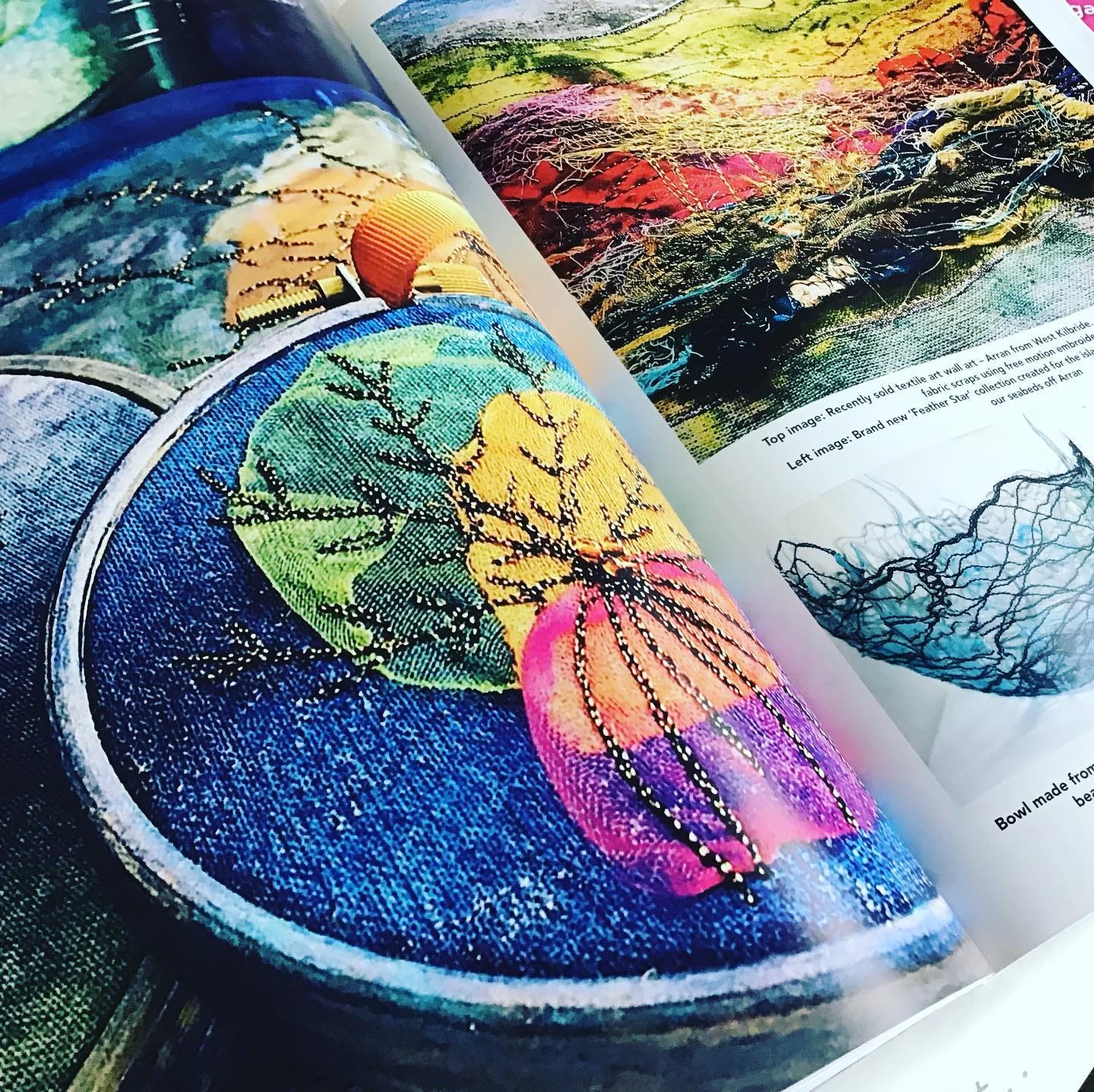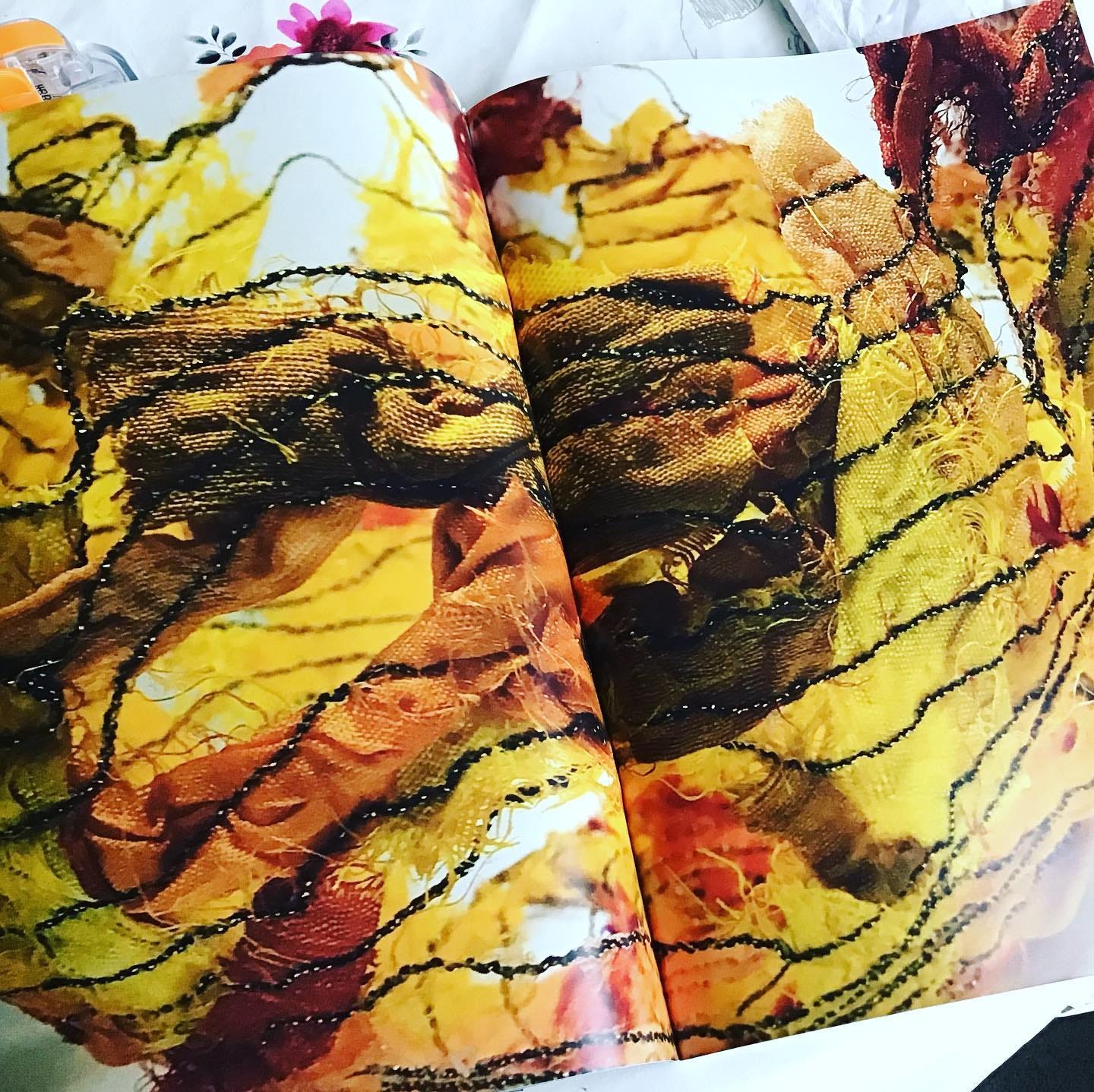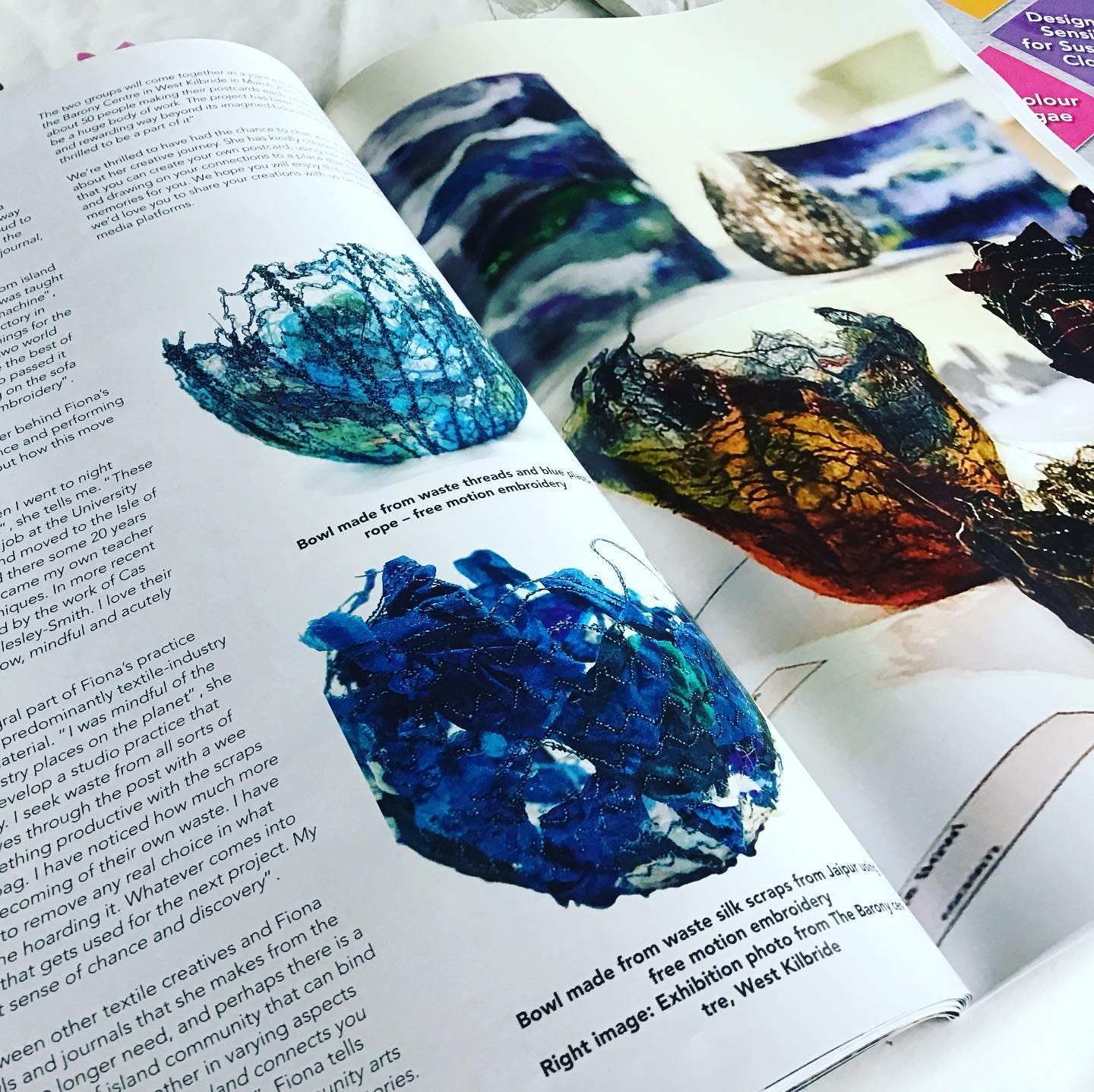First published in No Serial Number Magazine, Summer 2019
Postscript, Sunday June 29th 2025
I have only visited the Isle of Arran once. I was in my mid-twenties and took a day trip, sailing out on a Caledonian MacBrayne ferry from Ardrossan across a calm sea and into the harbour at Brodick. I walked the over the beach, picking up pebbles and pieces of sea worn pottery. Ate fish and chips looking out to a gradually greying horizon. Wandered through rhododendrons in bloom at Brodick Castle, in the shadow of Goatfell, as rain clouds rolled in across the sea. I recall feeling a deep sense of connection with the landscape there that felt out of kilter, and which I could not place, since my ancestors all hailed from the Highlands and Ireland, and I had never stepped foot on this particular island before that day. It was many years later that I discovered a family connection to Arran, and the photographs and stories that told of the happy times my mother and grandmother had spent there, long before I was even thought of.
Fiona Doubleday followed family to Arran too and has been there ever since. Connected to a place that brings inspiration and, often, the actual materials for her work, the natural world that is so prominent in Island life plays a powerful role in her design journeys. Making textile thread bowls, journals and lampshades from fabric and haberdashery remnants that would be otherwise destined for landfill, Fiona brings the colour and texture from the landscape around her into her work.
“Living on Arran has a huge influence on my work,” Fiona tells me. “You will find me around the island sketching away as I find another corner that is simply stunning. I am proud to be an island artist and I am also proud that little bits of the island are in so many homes in the shape of a bowl, a journal, a lampshade.”
Fiona grew up in a small village in Cambridge, far away from island life, but where her love of creativity began early. “I was taught to sew by my grandmother on her Singer sewing machine,” Fiona explains. “She had worked in an interiors factory in Glasgow making silk lampshades and soft furnishings for the ‘big houses’ outside the city. She lived through two world wars and knew how to ‘make do and mend’ like the best of them. She passed this down to my mother who passed it down to me. I have strong memories of sitting on the sofa next to my grandmother doing some hand embroidery.”
These family influences were perhaps a driver behind Fiona’s change in career, from a background in dance and performing arts to textiles, and I ask her to tell me about how this move to a very different art form came about.
“I took my work with textiles further when I went to night school to train in silk painting and batik,” she tells me. “These were life changing classes as I quit my job at the University of Winchester, packed up my family and moved to the Isle of Arran. My mother had already moved there some 20 years earlier. From that point onwards I became my own teacher and experimented with lots of techniques. In more recent years I have been greatly influenced by the work of Cas Holmes, Anne Kelly and Clare Wellesley-Smith. I love their approach to textile art, which is slow, mindful and acutely aware of the need to reuse.”
Sustainability has been an integral part of Fiona’s practise since a decision in 2016 to use predominately textile industry waste as her main source of materials. “I was mindful of the heavy burden the textile industry places on the planet,” she explains, “and I wanted to develop a studio practice that challenged that in some way. I seek waste from all sorts of places and it often just arrives through the post with a wee note asking me to do something productive with the scraps or fibres in the enclosed bag. I have noticed how much more aware textile artists are becoming of their own waste. I have now shifted my practice to remove any real choice in what waste I use to prevent me hoarding it. Whatever comes into the studio is the waste that gets used for the next project. My work is defined by that sense of chance and discovery.”
The connections between other textile creatives and Fiona meet within the bowls and journals that she makes from the fibres and fabrics they no longer need, and perhaps there is a reflection here of the sense of island community that can bind lives together – supporting one another in varying aspects of life through creativity. “Living on an island connects you with community and people in a unique way”, Fiona tells me, going on to say, “I am passionate about community arts and am currently leading a project called 52 Stitched Stories. The project was inspired by the Tea Floral tales project that Cas Holmes completed recently. In 52 Stitched Stories we have people on the island and a sister group in West Kilbride creating a postcard piece of work once a week for a year. The two groups will come together in a joint exhibition at the Barony Centre in West Kilbride in March 2020. There are about 50 people making their postcards each week so it will be a huge body of work. The project has been inspirational and rewarding way beyond its imagined boundaries and I am thrilled to be a part of it.”
Post Script
It feels like another lifetime since these words were published. Over the last six years, I’ve followed the beautifully expressive work of Fiona and even had the honour of being part of a 2020 project called A Stitched Conversation.
A Stitched Conversation was a 52 week project, with 52 participants, and textile pieces being created as a travelling conversation organised by Fiona and textile artist Judy Payne. Beginning in Cornwall, and travelling the length and breadth of the UK, the pieces created culminated in a book and short film, with all the pieces gathered up and exhibited at The Barony Centre in East Kilbride. The idea of using the medium of stitch to communicate a “conversation”, using no words, only thread was a fascinating one, and such a joy to be part of.
Since then, I have loved reading Fiona’s writing here on Substack and following her for all the inspiring stories, images and observations of Island life, as well as the textile work she create and shares here.
You can find Fiona on the Arran Makers website, and here on Substack where she shares inspiring words and pictures about her creative practise and her life on Arran. If you love gardens, plant dye, papercrafts, textiles, van life and creatives who use what others would throw away to make beautiful, sustainable art, then Fiona is definitely a person you will want to take note of.
Love, Kate
The original article is in Issue 17 of No Serial Number Magazine - and there are some copies in my Summer Sale over in my Payhip store - which you can find here. It also includes a piece I wrote about the late Polly Higgins which I penned an update to here.
Thank you for being here. Your presence and support are so welcome. You can subscribe (for FREE or for £6 a month) to my substack, or you can take part in my Gratitude Gifting - via Kofi, which is a site that allows creatives to accept donations to support their work - think the price of a cup of good coffee. I send out gratitude gifts to everyone who supports me and my children in this way, because we are so, so grateful! And the world needs more gratitude, hey?! Find my KOFI site here to get involved.







Aw thank you Kate. That does seem a long time ago. Xx